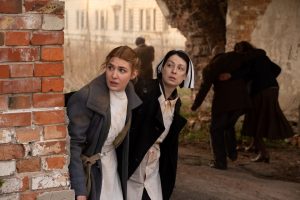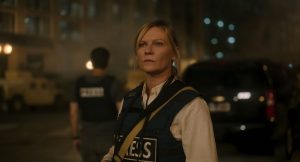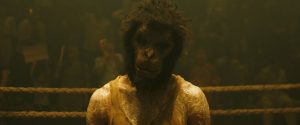Reviews include Irena’s Vow, The Beast, and Before I Change My Mind.
An Interview With: Sophie Goyette
April 5, 2017
“Todos vamos a morir, papa.”
In art, a memento mori painting is one that compels the viewer to reflect on the one certainty in life: we’re all doing to die. It’s fitting, then, that this very sentiment is spoken in Sophie Goyette’s feature debut, Still Night, Still Light, by one of its lead characters, Romes (Gerardo Trejoluna). This scene is just one of many moments in the film where the inevitability of morality rears its head, but in Goyette’s hands, this never becomes macabre—or even morose. Instead, Goyette— who directed, wrote and produced the film—weaves a complex rumination on the fragility of human existence and our need for connectivity.

Written and researched over a period of several years, Goyette shot the film in 17 days across three diverse landscapes: Montreal, Mexico City and China. The ambitious nature of the shoot is reflected in the film’s impressive thematic scope, as it flows between dream-like moments and ones that resonate with a documentary-like observation of the peculiarities of human nature in following: Eliane (Eliane Préfontaine), a young Montreal musician who moonlights as a Disney Princess-for-hire to make ends meet; Romes, a middle-aged man in Mexico City who comes to realize his dreams of being a photographer will never be; and his father, Pablo (Felipe Casanova), who can’t forget a past love.
The winner of the Bright Future prize at Rotterdam International Film Festival, Still Night, Still Light will have its Toronto premiere this Wednesday as part of the MDFF screening series. In advance of the screening, Kiva Reardon talked to Goyette (whose past shorts have screened at Sundance, Locarno and TIFF) about traveling with the film, exploring the space between dreams and reality, her background in science, and what her (bright) future holds.
Kiva Reardon: I have to say, I watched the ending of the films three times in a row and was brought to tears each time.
Sophie Goyette: I just came back from a town in Québec called Rimouski. It’s a small town where they’re not used to seeing films like this, and I saw emotional impact [there too]. This is of course usually abstract: we send out our films, they travel more than us, and you can just hope there’s a connection [when they screen]. But I was just privileged to see that in person.

The film beings with someone saying in voiceover: “La vie est courte.” As you said, the film is not the usual narrative feature. But in opening the film that way, it felt like a gesture to the audience to reframe their thinking. Was this intentional when you were writing?
Completely. The first part of the film, I wrote it a few years ago and [this idea] is something that I told myself. When I wrote the rest of the film, that was done much faster, in about two and a half months. But that first segment, I was telling myself that it’s so difficult to make a feature film that if I was going to make one I wanted to say that to people. And, yes, [opening with it] was to set the tone: that this is going to be that kind of film—more interior. My challenge was how I could make those internal dialogues cinematic. I was also aware that if I go very dramatic and heavy [with that opening], I would have to find a balance with poetry and softness, so people feel that I’m offering my hand to transport them somewhere else.
The film also breaks down the barriers between dreams and reality, especially given the film opens with fairy tale imagery of Eliane dressed as a princess at a kids birthday party. Can you talk more about this choice?
It was a bit of my sensibility to the world at that time. My deep feeling was to make us feel all connected, and to see how I can show having two highways: of reality and of dreams. And like I said earlier about interior dialogues, we all have those two worlds that collide and enter us. My biggest challenge was being a tightrope walker. I didn’t want to fall into something too cliché and kitschy. I wanted to make everyone believe in the world [of the film] from that first scene. Without spoiling it, the first character does play a dreamlike character, dressing up for children’s birthdays. But she doesn’t want to be there; it’s not her dream. So I put in the sounds of the lawnmower to make it feel like that kind of [bad] job we all had when we were younger, while it’s still the dream of the young girls at the party. And this shows how dreams are different between ages, too. My three characters all have different cultural and spiritual backgrounds, but they’re also all different ages. And at different ages we all have different dreams, regrets, and hopes.
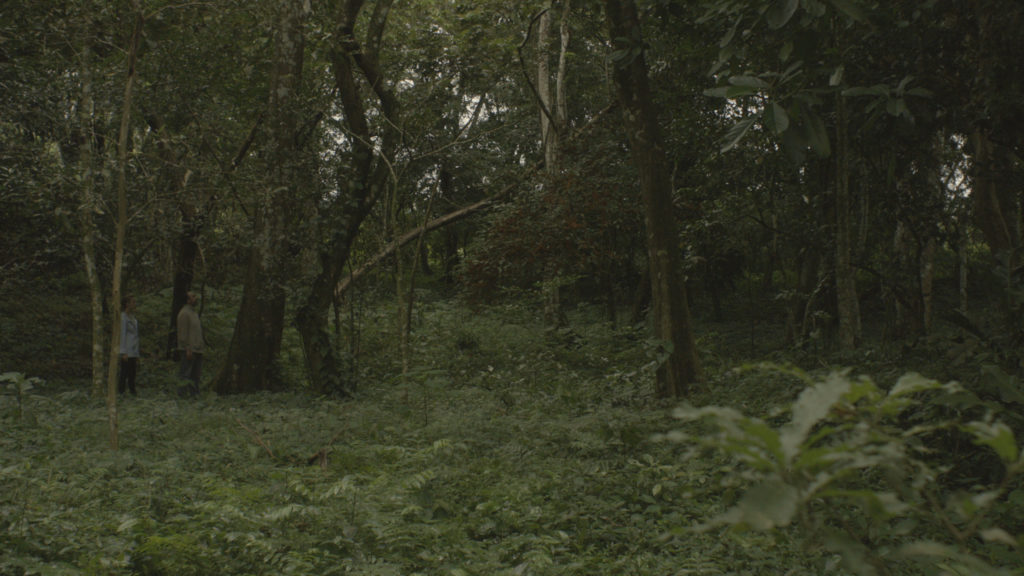
It’s so difficult to capture surrealism in reality. I think one way you manage to negotiate it was sound. I laughed when I heard the lawnmower.
In the [Rotterdam] festival book, they mentioned the humour and with that I thought: “They got the film.” I wanted to add that [element] to make it a bit more mature, too. It’s not just a superficial fairy tale—there’s something intellectual, too. And really, I laugh each time I see that see scene. When I hear audiences laugh at that moment, I think: “Oh, they get the film.” And because it’s my first feature, I’m traveling much more with it and seeing the audience reactions in different countries. And we all laugh at the same time! It makes me feel like I’m not crazy to have added those moments.
What made you choose Montreal, Mexico City, and China?
I’m a big traveler, but when I writing the script I had never been to Mexico and Asia—I didn’t even know the languages. And as I was writing I was thinking: “What am I getting into?” But for each of my films, I want to make bigger challenges for myself. [When it came to] Mexico and Asia, there was something I felt from a really far place that was really profound. I sensed that in those places people would get the type of film I was trying to make—which is about values and human nature. After writing, I flew by myself to learn the language [Spanish] and to scout locations. I did a lot of research, about a year, until I was ready to shoot, which we did in 17 days. It was a lot about how my inner world connected with the locations. In my films, locations are characters and I needed to see if what I saw in my head could be possible in the spaces I was scouting. It was a process of adapting to each location. But also telling myself that if I didn’t feel that same intense feeling that I had when I was writing, I wasn’t going to make the film. I didn’t want to put pressure on the film. When I saw in those countries that it was possible, I knew I had to make the film. It was about my connection to people there too. When I was scouting in Mexico, I met a famous choreographer, Rocío Sagaón, and I fell in love with her voice. It’s her voice that opens the film. I’m very instinctive. If I find something moving, I believe in my intuition, and believe other people will find it moving too.
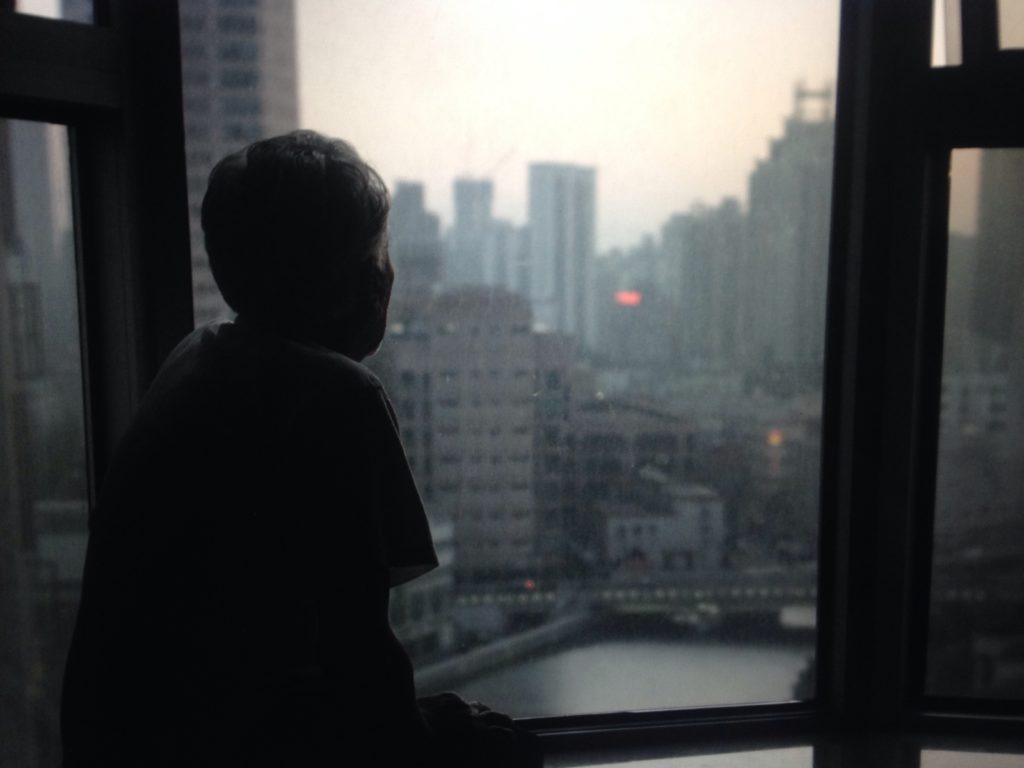
I wanted to ask about your science background. The film is very much in the realm of fantasy but there is a kind of rigour to it; it’s almost a case study.
I went into science to tell my parents I had a job. But now nothing is secure! In microbiology, you research a lot, you test, you’re not afraid of exploring. That is my nature in art. I do have a rigour, but I’m not afraid of exploring and looking for “the truth.” Even if it takes me time, that’s ok. The science field can feel cold and distant, and I try to not have that in films. I always tell my teams: “Let’s think of the film as a beating heart on the screen.” That there’s something that is alive. For this feature, it may seem that everything is in place, but I wanted to bring a lot of warmth. I’ve done a short a year for the last five years since leaving microbiology. [Film] was just flowing out of me. But [for me the questions became] there are so many features made every year. How do I make something that’s about not just me but all of us? Maybe my intuition comes from the science background, too.
Can you talk about working with Léna Mill-Reuillard and how you collaborated to achieve your vision?
She’s a young DOP, she’s made mostly shorts and documentaries and this was her first fiction feature. For most of my team, this was the case. And it meant we were all giving it our all. With Léna, we had a great chemistry and she works in documenting art, so she has a very visual sensibility, which was really important. I would come back from location shoots with a lot of photos, and knowing what I wanted to do exactly, and we worked with that. I really wanted the movie to not just be visual, but a film with connection, human connection. And not just centred on the landscape, but on the characters. We didn’t have a lot of film references, but [we did have] pictures we were sending to each other. The other challenge was that we were shooting in different countries and locations, and I wanted to keep the film looking the same.
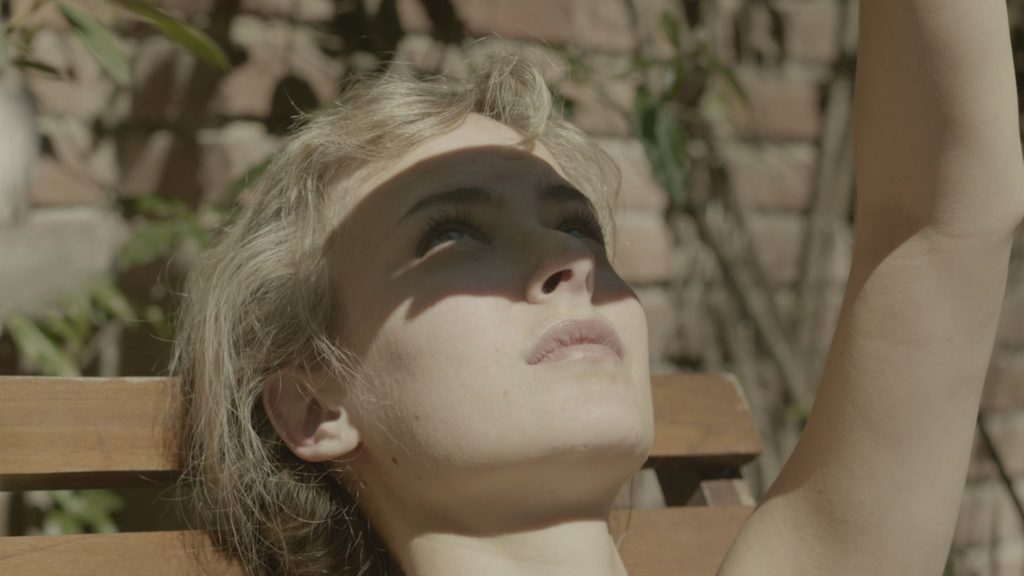
Your “Bright Future” award is very telling. I’m curious to know what you’re working on next?
My future, for me, is to allow myself to be surprised. There’s another feature that I’ve been writing for the last three years. I already have producers, but I don’t know if it will be made. When you make things that are “unconventional,” even if you think it’s accessible, it’s hard to get funding. On that level, I’m curious to see if I can get financing help to go to the next level of equipment. Even when I was going to Rimouski, I was writing ideas on the bus. The ideas I have in my head are possible. I just need trust and faith [from funders]. That’s what I hope that the prize does: help institutions to have faith in me. Creatively, I could make a film… [snap fingers] right away. But when I do a film, I take it really seriously. In my head, I think: “What if this is my last one?” So it comes down to how I can give it my all each time.

